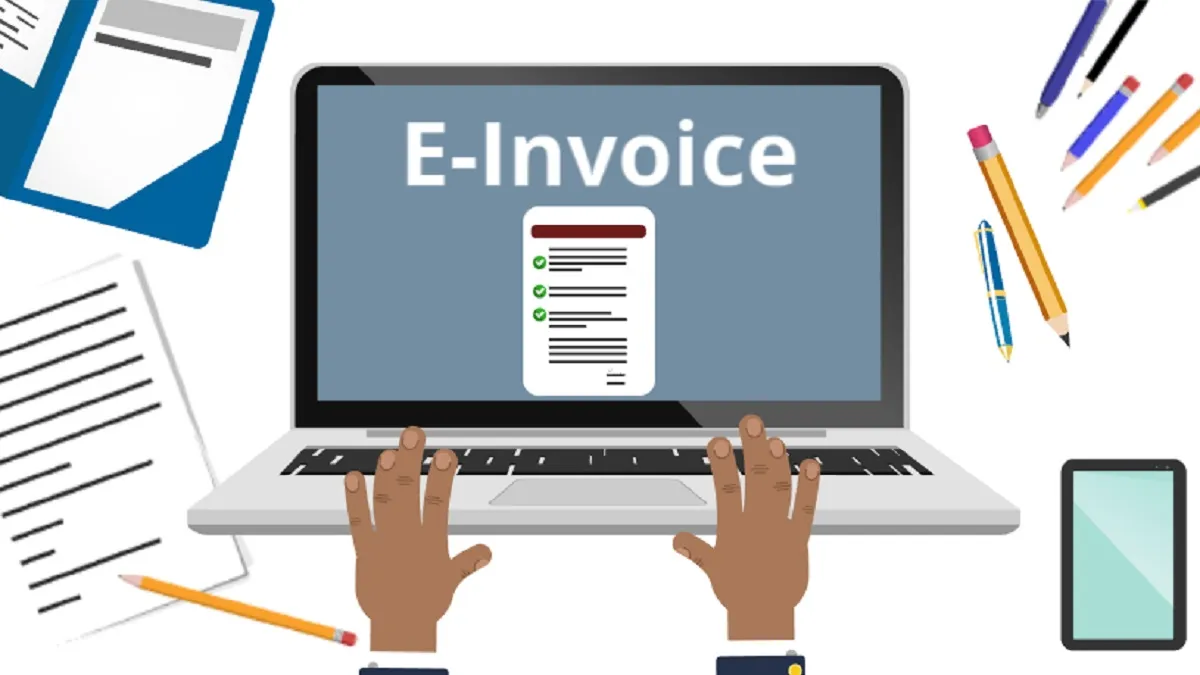In recent years, India has witnessed a significant shift towards digitization across various sectors, and the realm of invoicing is no exception. With the introduction of Electronic Invoicing (E-Invoicing) under the Goods and Services Tax (GST) regime, the Indian government has embarked on a journey to streamline invoicing processes, curb tax evasion, and enhance compliance. This article delves into the concept of E-Invoicing in India for Compliance and Efficiency for businesses, and how it simplifies processes while ensuring regulatory compliance.
1. Understanding E-Invoicing: A Paradigm Shift in Invoicing Practices
Traditional paper-based invoicing processes often entail manual data entry, reconciliation, and storage, leading to inefficiencies, errors, and delays. E-Invoicing revolutionizes this landscape by digitizing the entire invoicing lifecycle, from generation to transmission and archiving. In essence, E-Invoicing involves the electronic issuance and exchange of invoices between suppliers and buyers in a standardized digital format, as mandated by the GST regime.
Under the E-Invoicing framework, businesses are required to generate invoices directly on the GST Network (GSTN) portal or through authorized E-Invoicing Solution Providers (EISPs). These invoices are assigned unique identification numbers (Invoice Reference Numbers or IRNs) by the Invoice Registration Portal (IRP) to ensure authenticity and traceability. Furthermore, E-Invoicing entails the integration of invoice data with the GSTN, enabling real-time validation and reporting to tax authorities.
2. Simplifying Processes and Enhancing Efficiency
E-Invoicing brings about a myriad of benefits for businesses by simplifying invoicing processes and enhancing operational efficiency. By automating invoice generation and transmission, organizations can eliminate manual errors, reduce processing times, and streamline workflow management. Moreover, the standardized format of E-Invoices facilitates seamless integration with accounting systems, ERPs, and other financial software, enabling smooth data exchange and reconciliation.
One of the key advantages of E-Invoicing is its role in improving cash flow management and working capital optimization. With faster invoice processing and payment cycles, businesses can expedite revenue realization and mitigate liquidity constraints. Additionally, E-Invoicing fosters transparency and accountability in financial transactions, as the digital trail of invoices enables stakeholders to track the status of payments and resolve disputes promptly.
3. Ensuring Regulatory Compliance and Combating Tax Evasion
Compliance with regulatory requirements, particularly under the GST regime, is paramount for businesses operating in India. E-Invoicing serves as a catalyst for ensuring compliance with GST regulations, as it enables real-time reporting of invoice data to tax authorities. By integrating invoice information directly with the GSTN, E-Invoicing minimizes the risk of errors, omissions, and fraudulent activities, thereby enhancing tax transparency and accountability.
Moreover, E-Invoicing helps combat tax evasion and fraud by creating a digital trail of invoicing transactions, making it easier for tax authorities to track and verify transactions. The use of unique IRNs and digital signatures enhances the authenticity and integrity of invoices, reducing the likelihood of tax evasion through fictitious or manipulated invoices. Additionally, E-Invoicing facilitates data analytics and audit trail analysis, enabling tax authorities to identify non-compliant behavior and take enforcement actions proactively.
The implementation of E-Invoicing also aligns with the government’s broader agenda of promoting digitalization and formalization of the economy. By encouraging businesses to adopt digital invoicing practices, the government aims to broaden the tax base, enhance tax compliance, and foster a conducive environment for economic growth and development.
4. Future Outlook and Adoption Challenges
While E-Invoicing holds immense promise for simplifying processes and ensuring compliance, its widespread adoption in India is not without challenges. Small and medium-sized enterprises (SMEs), in particular, may face barriers such as limited technological capabilities, resource constraints, and resistance to change. Moreover, interoperability issues and compatibility concerns between different E-Invoicing platforms may pose challenges for seamless data exchange and integration.
However, with concerted efforts from the government, industry stakeholders, and technology providers, these challenges can be addressed through capacity-building initiatives, awareness campaigns, and technical support mechanisms. As businesses gradually embrace digital transformation and adapt to the evolving regulatory landscape, E-Invoicing is poised to become the new norm in India’s invoicing ecosystem, driving efficiency, transparency, and compliance across the board.
In conclusion,E-Invoicing in India for Compliance and Efficiency represents a paradigm shift in India’s invoicing practices, offering a digital solution to streamline processes, enhance efficiency, and ensure regulatory compliance. By leveraging technology to digitize invoicing workflows, businesses can unlock numerous benefits, including cost savings, improved cash flow management, and enhanced transparency. As India continues its journey towards a digital economy, E-Invoicing will play a pivotal role in shaping the future of invoicing and taxation in the country.





















